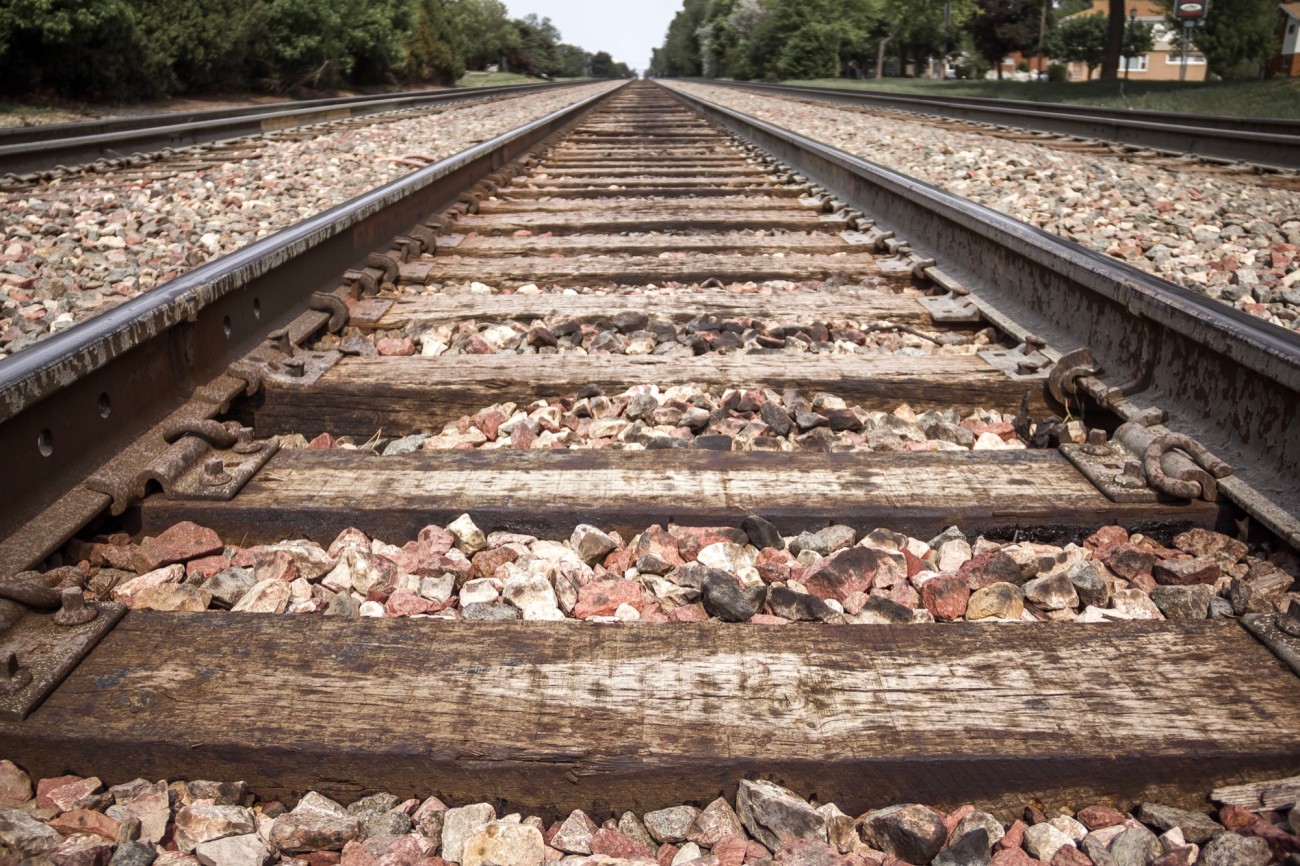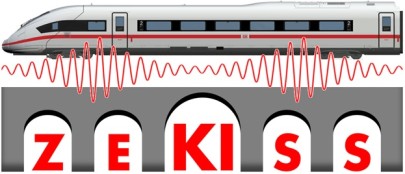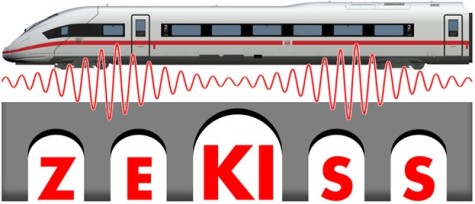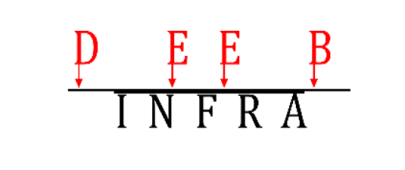Current projects
Problem definition
The mobility turnaround and the associated increase in rail traffic are increasing the strain on the rail infrastructure. In the coming years, many bridges will be approaching the end of their service life. Due to limited maintenance resources and costly renewal, these are a neuralgic point in the rail network. Their economic assessment and monitoring are a major challenge and require new methods to ensure the mobility transition.
Project objective
Indirect monitoring, in which trains travelling on the infrastructure are used as sensors for monitoring, offers enormous potential to meet the challenge of economical and optimized infrastructure management. The aim of the project is therefore to carry out measurements with sensors on the train under operating conditions in order to identify bridge properties and, for the first time, bridge vibrations. This makes it possible to check the limit values of the applicable regulations.
Implementation
Direct validation measurements on a demonstrator bridge and controlled excitation using a shaker are used to precisely determine the bridge properties, in particular the damping. An ICE is equipped with acceleration sensors to drive over the instrumented demonstrator bridge. The measurement data will be used to develop and validate data-driven methods that enable the determination of damping and the normative acceleration and displacement limit values.
In everyday locomotion, the ground is often less stable than in laboratory experiments on solid ground. For example, when walking in a moving train or on a ship, unexpected ground movements can lead to critical gait disturbances (e.g. accidents due to collisions or falls). Another common situation is walking on a lightweight bridge, which can generate vibrations close to the natural frequency of human gait. In order to manage or avoid such critical gait situations, a fundamental understanding of human-structure interactions is required. The analysis of human-structure interactions on vibrating surfaces (e.g. bridges) in the previous HUMVIB project has led to a number of insights into the response of human gait to the bridge configuration and the response of the bridge to human locomotion. The results show a high inter- and intra-variability in the response to the vibrating ground, leading to uncertainties in the gait. To account for these, the HUM2VIB project will extend models of human-structure interaction to describe stochastic mechanisms. In addition, interactions between individuals when crossing a swinging bridge are taken into account. This allows more realistic scenarios for human-structure interactions to be described. For this purpose, the mechanical interactions between individuals (due to the fracture of the bridge) are taken into account.
Modern offshore wind turbines are expected to make a significant contribution to the success of the energy transformation. The Collaborative Research Centre (CRC) 1463 is developing new concepts for particularly large offshore wind turbines of the future. The project is led by the Leibniz University of Hanover, in cooperation with the Carl von Ossietzky University of Oldenburg, the German Aerospace Centre, the University of the Federal Armed Forces in Munich, the Technical University of Dresden and the Technical University of Darmstadt.
It can be assumed that the simulation results of the turbine dynamics calculated during the design phase and the results of measurements of the turbine dynamics carried out during subsequent operation will differ. Reasons for this discrepancy can include inaccuracies in the model (e.g. neglecting manufacturing tolerances), changes in the real structure over time (e.g. corrosion) or changes in environmental conditions (e.g. scour). In order to minimise these deviations, the numerical structural model can be subsequently adapted to the measured data using model updating methods. The aim of model updating can therefore be, firstly, to improve the quality of the initial simulation model. Secondly, it allows for adaptation to long-term changes in the structure and boundary conditions over the service life. Thirdly, model updating can be used for damage localisation and quantification. The last two points in particular are necessary to turn a classical simulation model into a digital twin.
Project objective
In this subproject, model updating methods will be investigated to achieve these three objectives. The scientific innovation of this subproject lies in the fact that it studies model updating methods that take into account the uncertainty present in measurements and simulations.
Implementation
The methods are validated on two different test structures. Firstly, a beam structure tested under laboratory conditions and secondly, a lattice mast structure located in a field and exposed to real environmental conditions. Both structures have reversible damage mechanisms. This means that the structure can be damaged and repaired in a targeted manner, and the model updating methods can be tested and validated. Finally, the methods will be applied to the digital twin of an offshore megastructure, where damage will be introduced into a simulation model.
Railroad infrastructure is designed for a long service life and can last for many decades if properly maintained. Over time, however, conditions relevant to use change, particularly with regard to the original design and construction standards. Increasing traffic density and changing environmental conditions due to climate change pose challenges for remaining service life predictions and the assessment of load-bearing behavior.
In order to meet these challenges, the project is developing a comprehensive measurement data basis for railroad bridges, taking into account operational and environmental influences. Data will be recorded over several years at three measuring points and automatically transmitted, processed, evaluated and analyzed.
The data obtained enables a better understanding of the load-bearing and fatigue behavior of bridges. The project thus makes an important contribution to ensuring the planned service life and sustainable use of bridge structures. In view of the large number of existing railroad bridges, extending their service life makes a significant contribution to climate protection.
Clemens Hübler,
Group Head Structural Dynamics Unit
Using data to extend the life of structures - for a more sustainable world
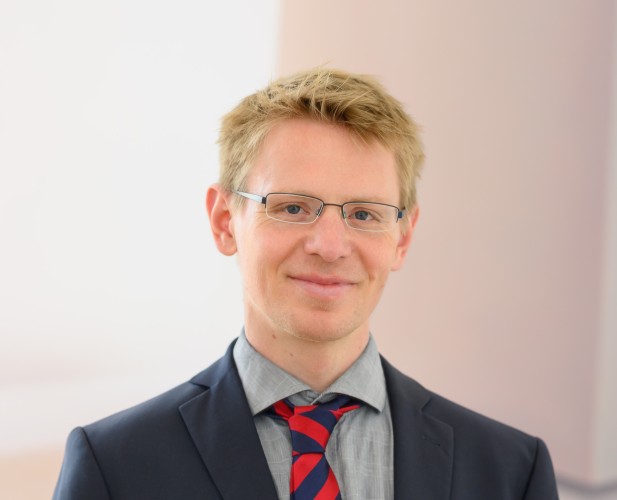
Completed projects
To date, data from monitoring systems on structures (primarily bridges) has been used for the structural assessment and maintenance measures of such structures. In a similar way, sensor systems installed on vehicles are used to monitor vehicle components and the track system. Inherently, however, the respective sensor systems collect data that contain further information: An instrumented train passes over a large number of bridges on its journey and a large number of trains pass over an instrumented bridge.
Project objective
The objective of the project is to develop, implement and validate a digital tool for the in-situ monitoring of railroad bridge structures in the context of a sensor data-based predictive maintenance concept using a BIM-integrated Digital Twin (Digital Twin), based on Artificial Intelligence. The core objective is to develop a template for a highly automated and improved assessment (resonance hazard, structural safety, remaining service life) of existing railroad bridges.
Implementation
The status data obtained by dynamic monitoring is taken into account via an automated and continuous update of the actual status of the digital twin. Based on the condition data, an artificial intelligence decides on any necessary adaptation of the structural models (bridge and vehicle) to the existing condition (structure identification, system calibration) by considering the mechanical correlations of the structure

The Eurocode EN 1991-2, which was developed in the 1990s, regulates the load assumptions used for calculation of railway bridges. In particular, it defines the high-speed model trains HSLM-A and HSLM B, which are used for dynamic calculations of train crossings. Due to new vehicle concepts, new wagon lengths, bogie distances, and faster (freight) trains, the current model trains of the standard are not sufficient for the dynamic assessment of railway bridges. This leads to an urgent need to develop new load models that cover the innovations of the vehicle industry as well as operating trains. This was the aim of the present project, which was carried out by the international consortium AIT, REVOTEC, KU Leuven and TU Darmstadt.
The development of model trains for a new load model was based on a comprehensive collection of trains currently operating in Europe, which was compiled in close cooperation with vehicle manufacturers and based on axle-load measurement data. Relevant operational trains were derived from a collection of over 3000 passenger trains and 140,000 freight trains, considering possible future modifications of trains and applying DER- and LIR-spectra as well as the dynamic signature. The data from the vehicle manufacturers was also used to generate a data set of 25 multi-body models. In addition, a parameterised bridge set was defined using the bridge portfolio of German Railways (DB) and Austrian Federal Railways (ÖBB).
Using the data set of the multi-body models, extensive investigations on additional damping were carried out, which led to the conclusion that it is not possible to define a train-independent additional damping approach. However, validation by measurement-based system identification has shown that the multi-body models relying on information provided by vehicle manufacturers are suitable for dynamic calculation of bridge crossings. It can be concluded that the computation approach based on moving loads, which was used as the basis for the development of the new dynamic load models, provides a good approximation of the response resulting from a train crossing.
Using the derived relevant operating trains, over 20 million dynamic bridge crossings were simulated, and a load envelope was determined as a reference. The resulting envelope was then used for the derivation and optimisation of the desired load model trains, which include either conventional or articulated bogies. Finally, a load model for passenger trains (DLM-PT), a load model for freight trains (DLM-FT) and, with the use of an empirically derived reduction factor, a load model for light fast running freight trains (DLM-FT light) were developed and successfully validated on about 350 real railway bridges of different construction types and spans.
In addition, simplified methods based on a response spectrum and a meta-model for the estimation of dynamic structural responses for train crossings in the design process of a railway bridge were developed and validated successfully on real railway bridges.
- TU Darmstadt (TUDa, Germany)
- KU Leuven (Belgium)
- Austrian Institute of Technology (AIT, Austria)
- REVOTEC (Austria)
- iSEA Tec (Germany)
Motivated by increasingly stringent architectural requirements, there is a current trend in civil engineering to design and build slimmer and lighter structures with larger spans. For structures exposed to human locomotion (e.g., pedestrian bridges), this often results in excessive pedestrian-induced structural vibrations. As a result, humans must adjust their gait to match the vibrations of the underlying structure in order to maintain balance. In turn, changes in gait affect the response of the structure, resulting in a continuous interaction between the human and the structure. However, current biomechanical gait models cannot predict the response of humans walking on a flexible structure because the underlying mechanisms of how humans interact with vibrating structures are still unclear. In addition, current models used in design do not take into account the interaction between humans and structures, which can lead to unsafe structures or to oversized and unaesthetic structures. Therefore, there is a critical need from both scientific fields (biomechanics and civil engineering) for a better understanding of the biomechanical adaptation of humans walking on excitable and vibrating structures.
Aim of the project
The aim of the project is to develop and validate improved biomechanical and structural loading models to describe and investigate the act of humans walking on vibrating structures. This goal will be achieved through an interdisciplinary research project at the TU Darmstadt involving sports biomechanics (Prof. Seyfarth, LL – who has specific knowledge of biomechanical models, and statics (Prof. Schneider, ISMD –who has specific knowledge of structural dynamics.
Procedure
In this investigation, we will collect and analyze experimental data from human participants walking on vibrating structures and (for comparison) on rigid structures. The experiments will include the collection of both biomechanical and structural responses. Based on the results of the experimental studies, advanced biomechanical models with varying levels of detail for walking on flexible structures will be developed for simulation. Subsequently, the developed gait models will be implemented in the structural analysis. Extensive comparisons will be made between the measurements and simulations. This will allow for the formulation of minimum model requirements for both gait and structural models in terms of level of detail. Finally, we expect to propose a mechanical model for predicting pedestrian-induced vibration that accounts for human-structure interaction and a gait model for accurately simulating human response while walking on vibrating structures. The functionality of the proposed biomechanical model will be demonstrated on a soft active leg orthosis.
Bridge structures must be evaluated at certain intervals with regard to their remaining service life. This depends to a large extent on the stress oscillations in the material caused by traffic and the associated accumulation of damage. Current approaches for determining the remaining service life of existing bridges are based on idealized load models of the past or on certain assumptions about future traffic volumes. However, these assumptions are subject to large uncertainties and therefore usually have a strongly conservative character, which can lead to a premature repair of the structure. Data from axle load measuring points cannot yet be used to determine the remaining service life.
Project objective
The core objective of this project is the development of a concept for the integration of existing real dynamic vehicle loads into the residual life assessment of railroad infrastructures. For this purpose, data from the axle load measuring points installed in the European railroad network as well as from classical structural monitoring systems will be used. By means of statistical extrapolation methods and data fusion, this data will be incorporated into the line-specific evaluation of the remaining service life of existing bridge structures in Germany. An extension of the remaining service life of existing bridge structures of at least 20% is expected compared to the current conservative approach, resulting in improved availability of bridge structures and a high degree of savings in resources.
Implementation
A data-based extrapolation method for wheelset loads in the German rail network will be developed based on the analysis of existing data from axle load measuring points, structural monitoring data as well as operational and network data of infrastructure managers in Europe. In addition, a data-based method for the cost-effective determination of wheelset loads of railroad vehicles will be developed and validated. Finally, line-specific load spectra for calculating the (remaining) service life of railroad infrastructure assets will be derived.


Head
| Name | Contact | |
|---|---|---|

| Prof. Dr.-Ing. Clemens Hübler Chair of Data-infused Modeling in Structural Dynamics | huebler@ismd.tu-... +49 6151 16-23013 L5|06 615 |
Team
| Name | Contact | |
|---|---|---|
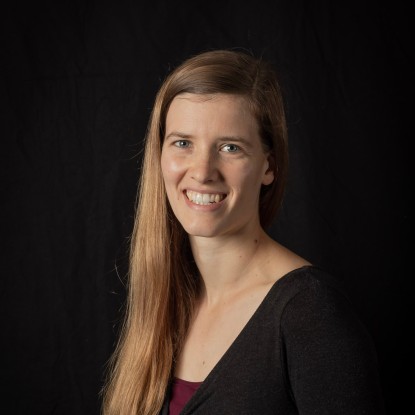
| Dr.-Ing. Antonia Kohl | kohl@ismd.tu-... +49 6151 16-23032 L5|06 607 |

| Max Fritzsche M.Sc. | fritzsche@ismd.tu-... +49 6151 16-20233 L5|06 109 |

| Maximilian Rupp M.Sc. | rupp@ismd.tu-... +49 6151 16-23032 L5|06 607 |

| Niklas Dierksen M.Sc. | dierksen@ismd.tu-... |
|
T
| Amira Thau M.Sc. | thau@ismd.tu-... L5|06 607 |
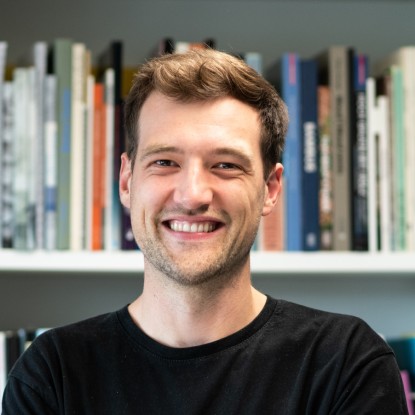
| Lorenz Gladenbeck M.Sc. | gladenbeck@ismd.tu-... L5|06 607 |

